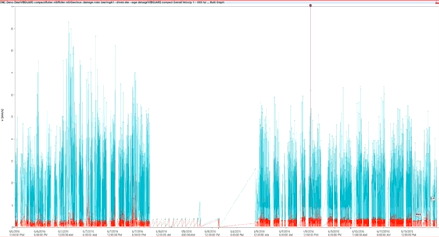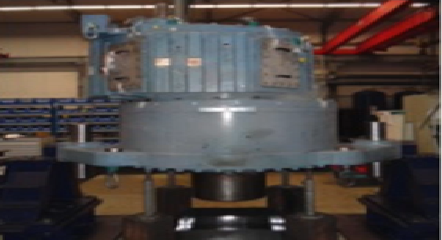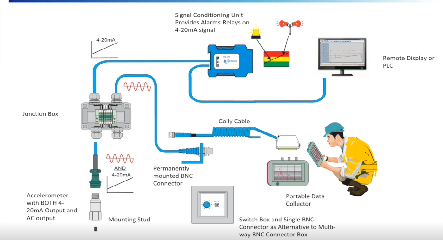I’d like to talk to you today about setting alarms in your vibration monitoring program. One of the problems I see often when I talk to people who are running condition monitoring programs is that they don’t have the alarms configured in their software. If they do have them configured, they are often configured incorrectly, meaning a lot of machines are in alarm and people just ignore the alarms, or they’re not in alarm and then they fail. So generally, there’s a lack of trust in the alarms or they’re ignored. Basically, if you have them set but you don’t trust them, then you might as well not have them set. And because you’re not sure if the alarms are set correctly, it makes the analysis process very inefficient. You basically have to look at all of the data from all of the machines every time you test them in order to know what’s wrong with them.
So how you understand alarms and how you set them depends on your goals. The goal I’d like to talk about today is condition monitoring or condition-based maintenance. The idea of condition-based maintenance is we can tell if our machine is entering a failure mode based on the vibration data, and then we can plan our repairs appropriately. And again, there are other uses for vibration analysis where alarms will be different, such as just saying that something is vibrating too much, maybe because of a process issue, or during an acceptance test after you’ve received a new piece of machinery and you want to make sure the vibration is within some tolerable limits.
Anyway, back to condition-based maintenance, this is all based on trending. So the idea is, no matter who takes the data or where they take it, they collect it exactly the same way. That means the same speed and the same load. If we change the speed of the machine, the vibration changes, and if we change the load on the machine, the vibration also changes. If we have two machines next to each other and one month we test it with one machine running and the next time with both running, that also changes the vibration. Condition monitoring, again, is based on trending. It’s based on saying, if we hold all of the other variables constant, then we can say a change in vibration is due to a mechanical fault. And without that consistency, alarms will never work.
In a typical plant, there’s something called the 80/20 rule. This says that 80% of your assets are okay. The idea of setting alarms is that, if you’re going to test, let’s say, 1,000 machines per month, and on each machine you’re going to test six different test points, and maybe on each test point you’re going to take five different types of data, that would be about 30,000 graphs that you have to analyze per month. That’s a lot of data to analyze and, if 80% of our machines are okay, that’s 80% of our data that we don’t have to analyze if we have our alarms set up correctly. So alarms are all about efficiency.
Imagine a case where we have a new wireless system or an online system, and now we’re taking data on those 1,000 machines every five minutes or every ten minutes. Now we’re talking about a ton of data, so one of the most important questions to ask at the beginning is, “Is this good data?” Is this something we can really set alarms on, or is it on a machine that’s variable speed or variable load so that the sensors just wake up and take a reading whether the machine is running or not? If that’s the case, we will never be able to set good alarms and we’re not going to get good results.
Let’s go back to the 80/20 rule. If we took 20% of those 1,000 machines, that would be 200 machines with problems. If we apply the 80/20 rule to those machines, only 20% of those are serious problems that we should deal with now. The other 80% may have some slight problems that we can deal with in the future. By applying the 80/20 rule twice, we’re down to 40 machines with serious problems. That’s really what we want to focus on. And if we have good data, and if we have our alarms set up correctly, our software should be able to identify those 40 machines. That’s a huge benefit of setting alarms. They will make our program much more efficient, and we can test a lot more machines.
You might say, “Well, I don’t really have time to set alarms on all these test points.” I would respond that you probably don’t have time to look at all this data manually. If you spend the time setting alarms, in the long run, it’s going to save you a lot of time







I want to know how to set alarms for different machines in Omnitrend software and how can I go about.